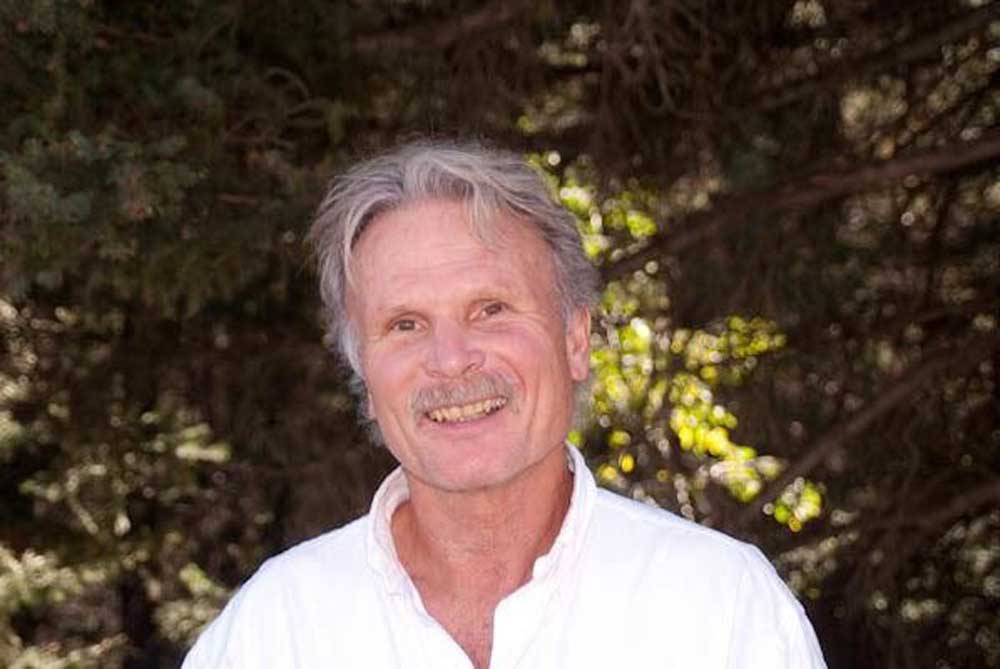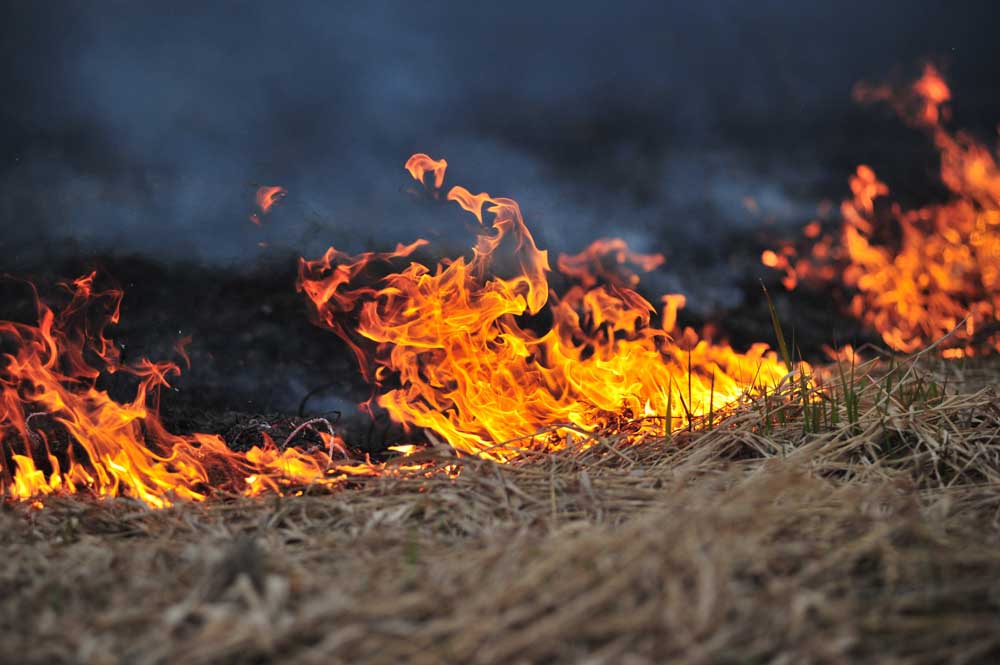Guest column: Close more forest roads to cut fire danger
Published 9:00 pm Wednesday, July 3, 2024

- Wuerthner
The recent Darlene 3 Fire by La Pine illustrates one of the major dangers in Central Oregon. The fire was determined to be human caused.
According to the Forest Service, out of 111 wildfires in 2023, 81 were human ignitions, and 30 started by lightning.
Whether started by a camper or from another source, human ignitions are the major source of wildfire.
While the Forest Service has spent countless hours and millions of dollars on so-called fire breaks (which don’t work under extreme conditions), it ignores the far better strategy of preventing human-caused blazes in the first place.
Stopping the fires that aren’t ignited would go a long way toward reducing the threat of wildfires to our communities.
All the homeless people living off of forest roads like China Hat Road, near Phil’s Trailhead, and elsewhere are some of the biggest potential human ignition threats to our communities.
Most of these year-round trespass campers are close to the edge of town. Unlike a typical campground, there are no fire grills, nor campground host to patrol the area for safety. A fire starting near any of these camps could quickly enter the communities and become an urban fire of house-to-house spread.
Beyond the fire threat they pose, some of these people have been living on national forest lands for years. They pay no fees, leave their garbage, and, in effect, prevent the public from using these sites.
If I were to park illegally in town, my vehicle would be towed. Apparently, the Forest Service is unwilling to remove these trespassers much as the BLM continues to allow Cliven Bundy to graze his cows on public lands in Nevada without paying any fees nor for the damage his livestock caused to public property.
Such illegal activity only encourages more damage to our public lands which we are paying the Forest Service to protect.
I own property near the forest boundary and have written to the Forest Service three times asking when they are going to remove these trespassing campers. I have gotten no response—even a lame excuse would be better than being ignored.
Beyond the problem of people camping on public lands year-round, every open road is an invitation to a human ignition. The Deschutes National Forest has one of the densest road systems (outside of wilderness) as any forest in the lower 48 states. Every open road is an invitation for a human ignition. The research demonstrates 94.9% of human-caused wildfires in the conterminous US (lower 48 states) occur within 800-meters (about ½ mile) of the nearest road. 60.7% of human-caused wildfires occur within the first 200-meters (about 1/8th mile) from the nearest road.
Yet ironically, pursuing delusional efforts of thinning and prescribed burning to stop wildfires after they begin requires more roads. The Forest Service sometimes responds and suggests the roads allow firefighters to reach a blaze quicker. But getting to the wildfire sooner would be unnecessary if there were no ignitions in the first place.
Closure of all unnecessary roads would go a long way towards reducing human ignition in the forest. Plus, roads often are bordered by weeds which can increase fire spread. Roads allow the air to heat and become corridors, which funnel winds that can exacerbate fire spread.
Road closures would have many other benefits beyond simply reducing human-caused fires. Many wildlife species, like elk, will avoid roads, thus reducing the habitat that provides hiding security. Roads are also a major source of erosion and sedimentation in streams.
Roads also encourage trespass camping. I expect the Forest Service to protect the community. Rather than spending money on more logging and thinning (and the new roads these create), a more effective strategy may be road closures.








